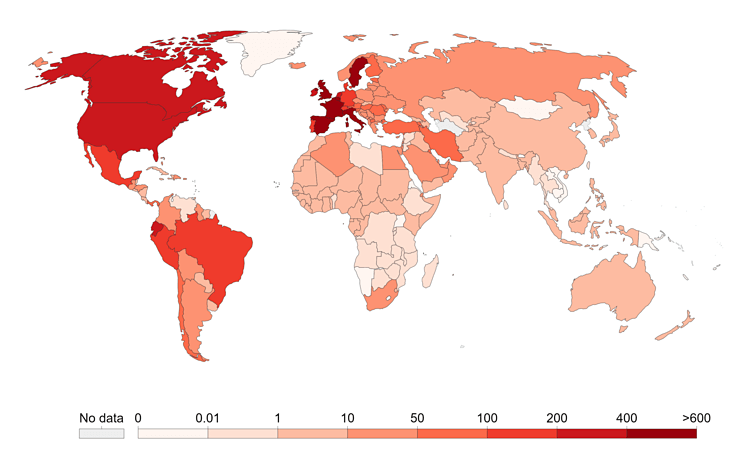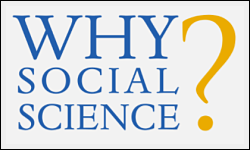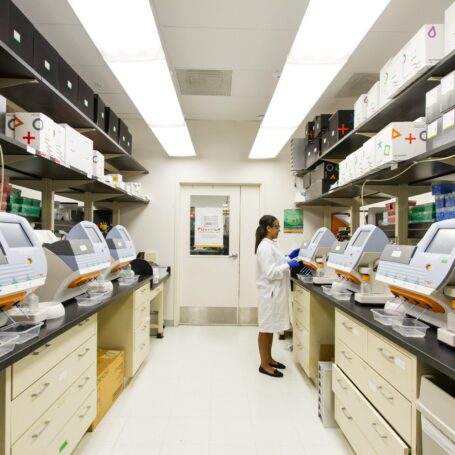Why Social Science? Because We Will Need to Do Better in the Next Crisis

The COVID-19 pandemic has sparked a surge of interest in the press and social media in comparisons with other countries. When did the new virus reach other countries, how did they handle it, and how well did they do? I have lost count of the number of times I have read that the first COVID-19 deaths happened in the United States and South Korea at about the same time in January 2020, but it seems clear that the Koreans got on top of the epidemic, at least the first wave, while the United States did not.
This interest should survive this pandemic and broaden to include all sources of poor health, disease and death. South Korea did not suddenly start to outperform the United States in health last January. This has been true for decades. Life expectancy at birth (a weighted average of death rates at all ages) is the best single metric for the health of a population. In 2004, Korea and the US had almost exactly the same life expectancy at birth, even though the US spent a much larger percentage of its (much larger) gross national product (GNP) on the health sector. By 2018, before the discovery of the novel coronavirus, the US had gained one full year of life expectancy. Life expectancy in Korea improved by five years during the same period. Looking across the developed countries, it becomes clear that Korea’s improvement was better than most countries, but the US is really the outlier. We were caught up to and passed in this fundamental measure of population health by dozens of countries, many of which are considerably poorer, and all of which spend much less that the US on health services and research (Portugal, Costa Rica, Slovenia, Chile—not to mention all other rich countries of Europe, Canada and Japan). We need to ask difficult questions about our performance in the COVID-19 pandemic, but also about the obesity epidemic, the opioid epidemic, heart disease, cancers, stroke, injuries and all other causes of death and disability.

Several panels convened by the National Academies of Sciences (NAS) over the last decade have documented the relative decline in Americans’ health and explored possible causes. The United States began to lose ground back in the 1970s, relative to other rich countries, and the decline has continued during presidential administrations of both parties and despite a succession of major changes in health care organization and financing. At every time in the last half-century the US has been preeminent in biomedical research, devoting far more resources than any other country (despite recent increases in China). American scientists (and others working in the US) led revolutions in our understanding of biology and disease processes and outperformed all others in patents, article citations, and prestigious awards. Yet somehow this preeminence has not allowed us even to keep up with the rest of the developed world in health for the American people. Could we have skipped that effort, saved $30+ billion per year in spending on biomedical research, and just copied whatever it is that Portugal does? I don’t think so, but the disconnect between biomedical research effort and health outcome should make us think hard about “rebalancing our portfolio” in research.
The life expectancy estimates are national averages. We have to disaggregate them to see that the poor performance in the United States relative to other countries is largely (though not entirely) due to large and persistent disparities along racial, ethnic, income, education and geographic lines. Indeed, the disparities along income and educational and regional dimensions are growing, even as racial disparities narrow slightly.
If there were one simple explanation, we would probably know it. The NAS panels have explored several, and more work is going on. One hint— it is not the case that every country outperforming the U.S. has a single model for delivering health services, “socialized medicine,” or anything else. They use a variety of different financing mechanisms and public-private sector service provision. We could learn from their experience, if we are willing to try.
It is unlikely biomedical research alone is going to bring success anytime soon in “turning discovery into health”— the NIH tagline. We will need to accompany our sustained investment in biomedical research with a serious effort to understand the social influences on health-related behaviors (including adherence to public health measures), environmental determinants of health, access to preventive and curative care, diffusion of knowledge both inside the medical care system and in society, and organizational influences that affect who sees what provider and what decisions are made. Without research in social, organizational, and behavioral sciences, as serious as the investment in biomedical research, the United States may be no better off when the next acute crisis hits.































































































